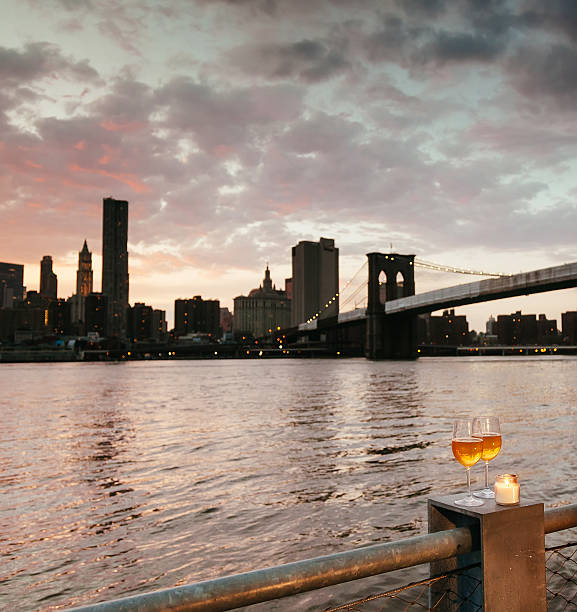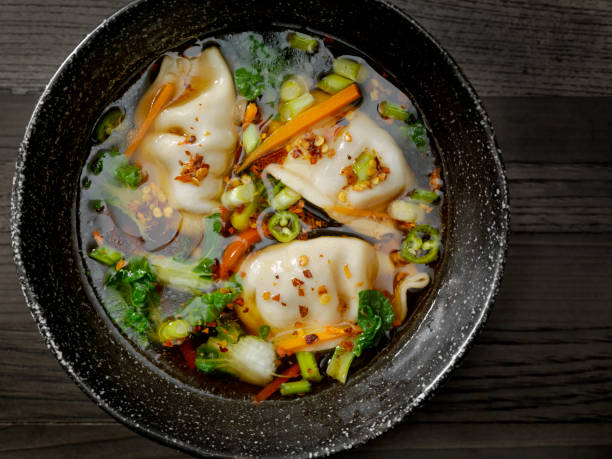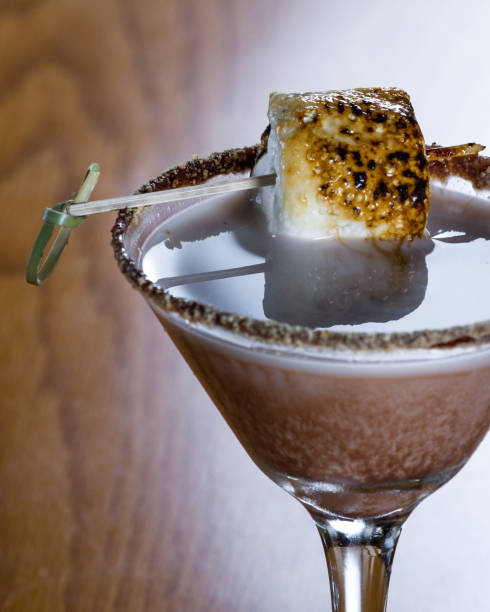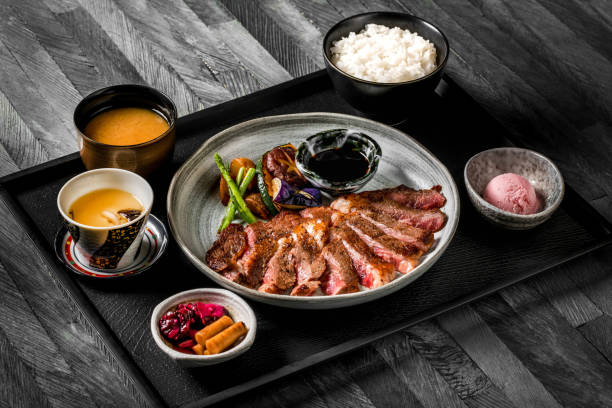For some time, natural wine has been a popular trend. But what exactly is it? Our wine columnist started a crawl of natural-wine bars to understand this elusive category.
I’M A SELF-CONFESSED natural wine skeptic. Some natural wines were pleasant, while others were unpleasant. I need help understanding the hype. So I decided to try the wines in their natural environment: natural-wine bars. I was missing an essential part of the experience.
Natural wine is a strong movement right now. There are natural-wine bars everywhere, but New York City is a stronghold, especially in Manhattan’s Lower East Side or Brooklyn’s Williamsburg. These New York neighbourhoods are an excellent place to start if you want to understand natural wine and taste better.
I have heard many definitions of natural wines over the years. Noah, a bartender at Skin Contact Manhattan, said this: “It means that there is no intervention in the wine cellar–nothing was added or taken away.” Natural means that you are tasting grapes, and that’s all. It’s a respect of nature.” This is what frustrates me about natural wine. It’s natural if its producer declares it.
My natural wine bar crawl began at Ten Bells, a true natural-wine institution. It was the first all-natural wine bar in New York, opening on the Lower East Side in 2008. (In 2021, a second location was opened in Brooklyn’s Bushwick neighbourhood.
Although The Ten Bells are dark and wood-panelled, it has a clubby vibe. Rusudan, the bartender, was just as bright as the bar. My friend and I were greeted by her smiling face, and she gave us a selection of wines per glass. She was open to tasting a few samples of natural wine when I admitted that I didn’t know much about it. What about orange wine? I suggested. Rusudan explained that orange wine is a bit drier than white wine and gave me a taste of orange wine. He also reminded me why I wouldn’t say I like orange wine.
Rusudan offered me a taster of 2021 Brand Pet Nat Rose, a lightly-sparkling German wine I enjoyed more. It arrived in a tall, beautiful bottle with excellent label art. It was described on the back label as an organic wine that was hand-harvested and organically grown. There was no fining or filtering and indigenous yeast fermentation. It became a little flat after a few more sips. My friend had a glass from Le Raisin & l’Ange Bran Gamay, which was mildly refreshing. Then it, too, fell a bit flat, even feral. My glass said, “The more I drink it, the less I like it.”
After half-drinking our wines, we bid good night to the friendly Rusudan and walked down the street to our next destination: Skin Contact, a natural wine bar with an uber-natural-wine-bar name. The bartender Noah was kind enough to explain “skin contact” to us. He explained that at its most basic, it’s a white wine fermented without the skins on. This bar was slightly more modern and rustic than the Ten Bells. Noah was just as friendly and welcoming as Rusudan. He also accepted my confession that I had only limited experience with natural wine.
Noah gave my friend and me a taste of 2020 Ocho Mtsvane Have U Believe. This skin-contact wine was adorned with a stunning drawing of a blue Ram with yellow horns on the front label. The wine’s back label stated that Ocho was a mythical protector for forest and wild animals and also noted that it was unfiltered amber dry Qvevri from Georgia. Qvevri large earthenware containers are used to age wines. They can be stored underground.
The wine was too complex to be a natural-wine specialist like me.
The wine was dry and tannic, with a hint of gritty. It was exciting but also a little tiresome. It was too complex for a natural wine tire like me. Noah suggested some other wines, including the Fongoli Palmetta Grechetto, Umbria’s skin-contact white wine; the Familie Bauer Austria Barig, an orange blend of Gruner Veltliner, Roter Veltliner, and Gruner Veltliner; and Rosita Bomba, which is a blend Cabernet Franc, Merlot, and whose label shows a cartoon featuring a red-haired woman holding a glass and a hairdryer. It looked at least like a hairdryer. It was as tricky as the wine labels to figure out natural-wine tags. We enjoyed but did not love any of these wines until Noah suggested the dry and savory 2021 Can Sumoi Xarel lo, a white wine made in Spain that is as easy as its label. It was enjoyable, and I would drink it again.
I rode the subway to Brooklyn with a Brooklyn friend to visit two more wine bars. The Italian natural-wine restaurant and bar Have & Meyer was dark and wood-paneled. However, it was brightened by color photos and roses in vases. Diego, a bartender, said the images were of winemakers and friends who had been there. He wore a black T-shirt with the words “Piemonte” and was friendly. I was also allowed to taste some wines. I loved the 2020 Rivetto Nascetta Langhe. It was a waxy-textured white made of Nascetta, an obscure Piedmont wine.
James Murphy, a musician from LCD Soundsystem, also founded the Four Horsemen in Brooklyn. It has a Michelin star as well as a formal atmosphere. Instead of sitting at the bar and grabbing a drink, I had to check in with the maitre de’ and give him my mobile number.
After my friend and I were settled, Nicole, the bartender, offered generous tastings of several wines. She also suggested two semi-sparkling wine options pairing well with the cod cakes. The Massimo Coletti Via Laghe Frizzante, a Chardonnay/Glera blend from Veneto, and the juicy Keltis Mario Roze from Slovenia. I prefer the Keltis Mario Roze Pinot Noir-Chardonnay blend. Nicole said my friend enjoyed a pleasant, rich, and full-bodied Merlot from Bordeaux, the 2020 L’Ile Rouge Grande Terre. This was a blend of Pinot Noir-Chardonnay from Slovenia.
Are all of the wines on the wine list natural? “We have more than 1,200 wines in our cellar. Nicole suggested that 1,150 of these wines are born. Nicole was more business-oriented than the other bartenders. My friend noticed she offers a large pour but prefers to avoid talking.
Although some wines were better than others at the bars, Nicole was pleased with the warm welcome. Bartenders were generous with their time, knowledge, and wine. Thanks to them, even if they were still a natural wine convert, and happy to try again.




